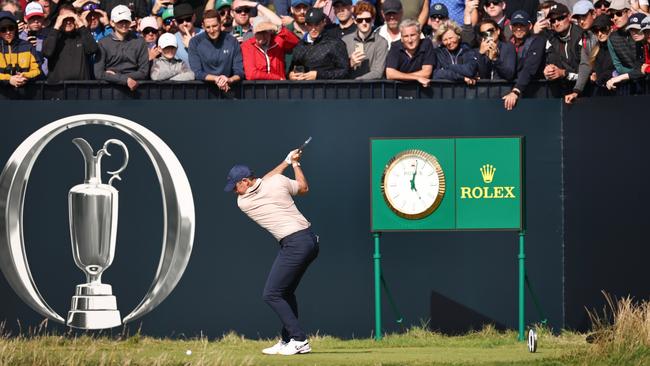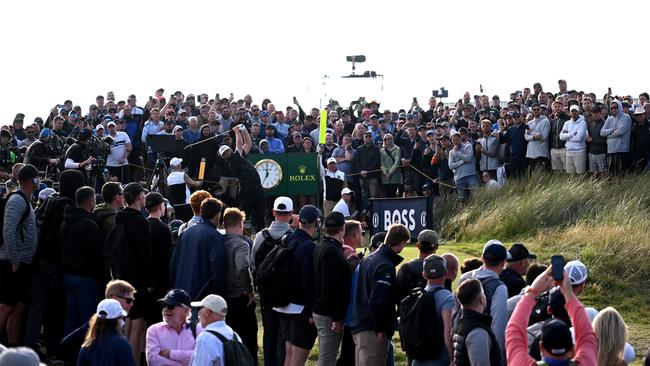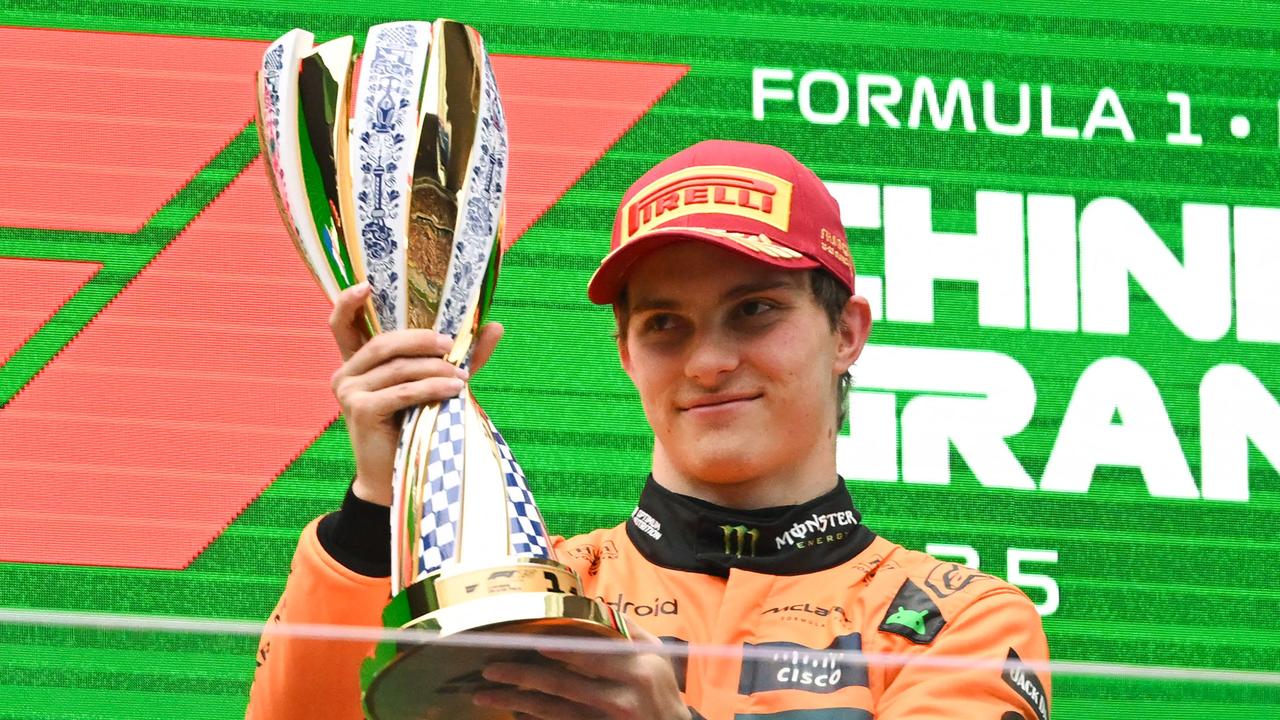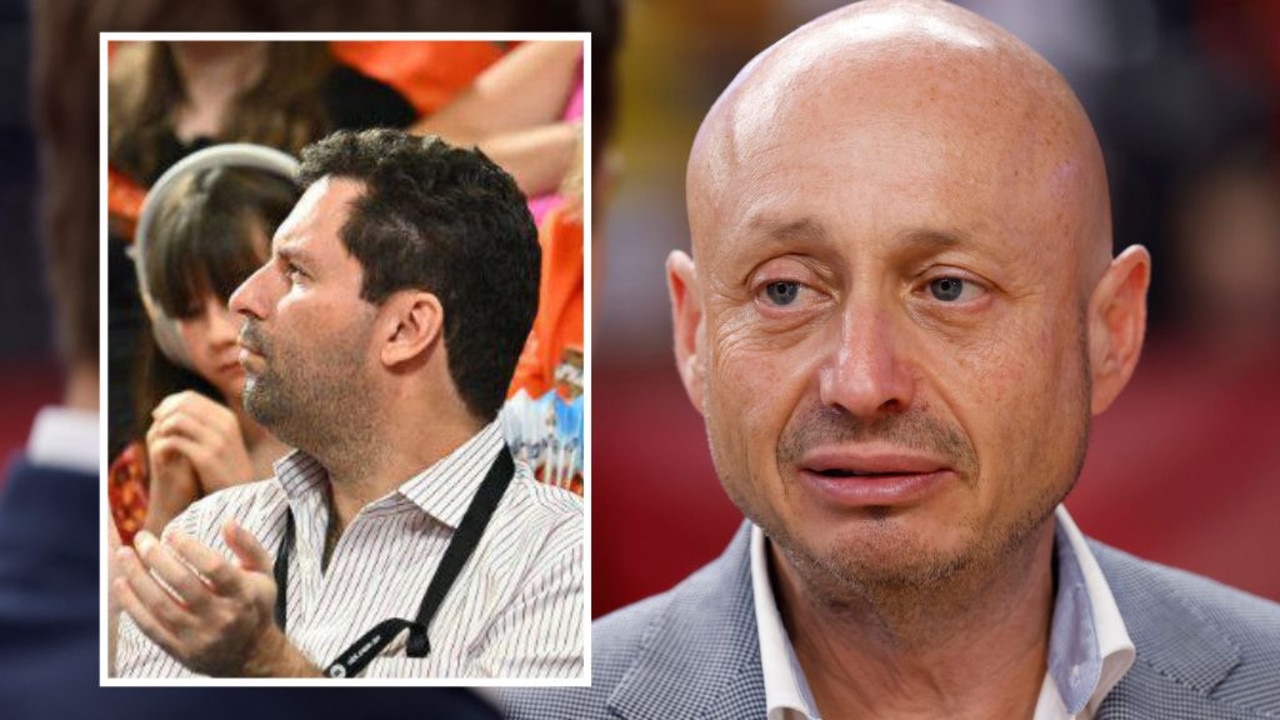Modesty prevails in historic Hoylake
If you walk up the high street in Hoylake, you would hardly know that it is one of golf’s most historic towns.

The idea of a rival golf tour to challenge the establishment is, of course, terribly old hat. It was not the Saudis and their PIF mega-riches that first came up with the idea; the original challenge was launched by post-industrial revolution wealth at Hoylake. And that was 151 years ago.
In 1872, when Young Tom Morris won The Open Championship in Prestwick, his prize money was £8. A month later, he was invited to Hoylake to compete in the new rival event, the inaugural Grand Professional Tournament, and his victory prize money there was a whopping £15.
If you walk up the high street in Hoylake, you would hardly know that it is one of golf’s most historic towns. At St Andrews, the town is heaving with golf shops and memorabilia stores; on the coast of the Wirral near Liverpool, they have stuck a putter in the front window of the Post Office, some golfy graphics in the bank and there is a pimped-up VW Beetle parked permanently on the pavement with “Hoylake 2023” painted into astroturf on the bonnet and a good-luck message to Hoylake’s “very own” Matthew Jordan on the passenger door. More on him later.
The place wears its history modestly. And yet it is heaving in it. Bernard Darwin (the grandson of Charles Darwin), a golf writer for The Times for most of the first half of the 20th century, described Hoylake as “the St Andrews of England”.
Those Liverpool industrialists in the late 19th century clearly thought so too. These were cotton traders, wheat, tobacco and timber merchants and they were ambitious for their club. Westward Ho in Devon was the only other English links course of note, but train lines made Liverpool and Hoylake more accessible. More of a national golf capital.
Their Grand Professional Tournament didn’t catch on so they started The Amateur Championship here instead, which was far better because those were times when playing golf for money was sniffed at.
For the first few years, Hoylake then shared The Amateur Championship with St Andrews; even better, in its fourth year, from within its own clubhouse, it produced its champion. That was John Ball; more on him later too.
Indeed, Hoylake wasn’t content to stop at that. Its second club captain, Colonel EH Kennard, was a friend of the Duke of Connaught and bestowed honorary membership on him so that, in return, the club got the “Royal” in its official name, Royal Liverpool.
Then, in 1902, the first international golf match was staged here, between England and Scotland. International sport was just starting to become established; England’s home venue when it played Scotland at football or rugby was initially the Oval in London. For golf, it was Hoylake.

Hoylake didn’t stage the inaugural Women’s Amateur Championship, but it did host the fourth, in 1896. It was, however, the first to host the first international match between Great Britain and the USA – which was the forerunner of the Walker Cup.
Back to Ball. His father ran the Royal Hotel, which sat on the edge of the golf course, with a long lawn running down to the sea. The hotel became the golf club’s first HQ and its unofficial clubhouse. It also produced the man regarded as the game’s best amateur player.
In describing Ball, Darwin once wrote that he had “a strong vein of hostility and if he wanted a particular player’s blood, he would fight his way with the sole object of getting at him”.
This competitive attitude rewarded him with eight amateur titles. In 1890, he did the double of winning the Open and the British Amateur. Here in Hoylake, though, you would hardly know it. There isn’t so much as a street named after him. The Royal Hotel was levelled in 1957 and is now a smart estate of houses.
The only two traces of him are the blue plaque on the (not so) new clubhouse and the John Ball whose name we find in the club membership handbook. This John Ball will be here at the Open; his grandfather was the original John Ball’s cousin. He is 78 and his name, he says, has awarded him a certain notoriety. “People know me,” he says. “I say, ‘I have the name but not the talent’.” He is being modest, here, because he is accurate off the tee and once had his handicap down to five.
Back to Matthew Jordan. We found him on Wednesday’s final practice day, late in the afternoon, on the early holes, being followed by his proud parents who were getting regular greetings from their friends on the other side of the ropes. His father, Chris, has been a member here most of his life. The Hoylake he describes sounds unrecognisable from the ambitious start-up that wanted to punch its way into history a century and a half ago.
“Very relaxed with kids joining in,” is how he describes it, though he does recount the time when he got a call at work from the club saying his six-year-old son was walking up the second, playing on his own: “Can you come and get him?” Jordan grew up five minutes from the club – so this was no huge surprise. The two ends of the story were finally tied in 2017 when Jordan, a product of the club, played in the Walker Cup, which is a product of the club too.
This is really something to shout about. But they won’t because they don’t.
The Times



To join the conversation, please log in. Don't have an account? Register
Join the conversation, you are commenting as Logout